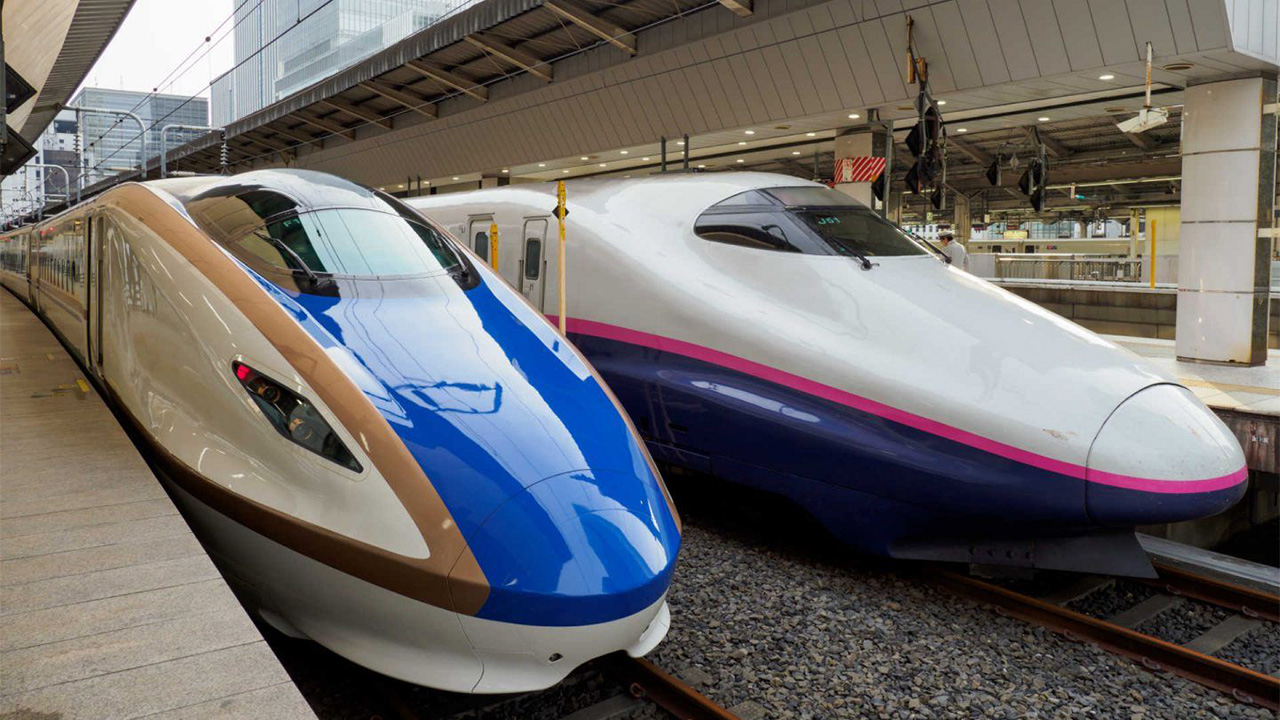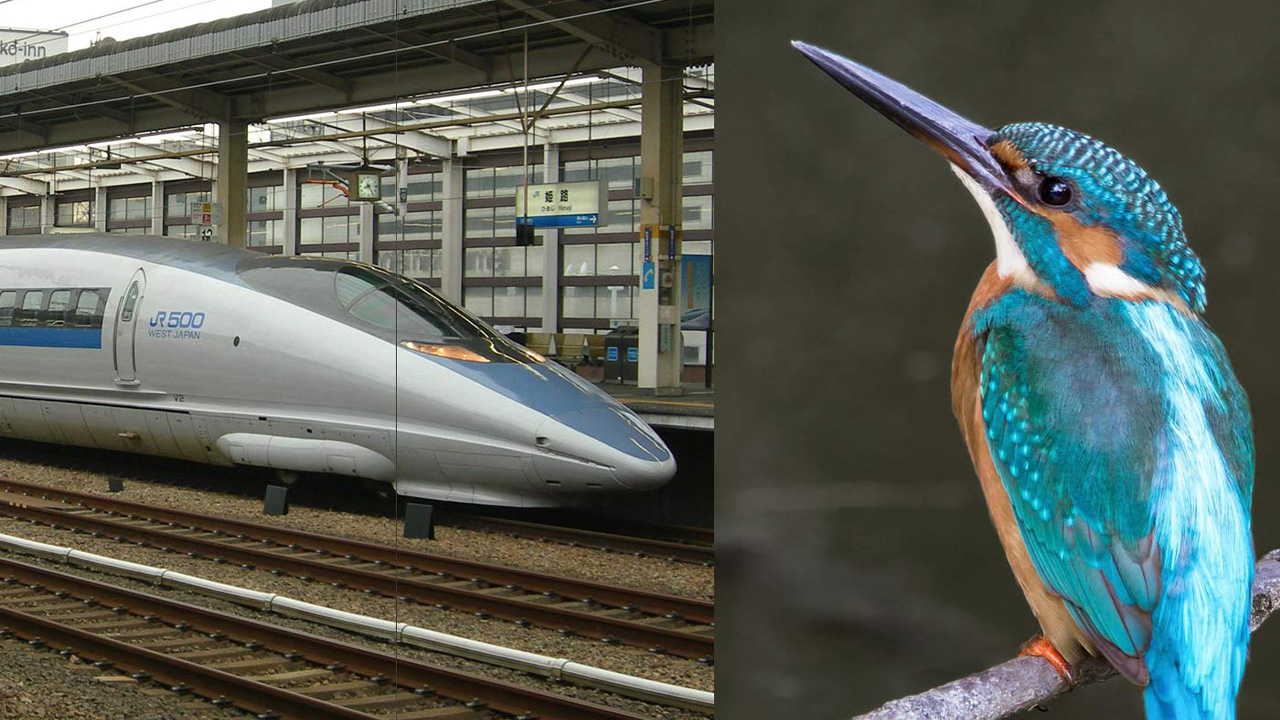The long and pointed front parts of high-speed trains such as the L-Zero series SC Maglev in Japan look like something out of a science fiction movie. So, what are the science and engineering principles behind this strange design?
The aerodynamic designs of high-speed trains may seem quite strange at first glance. Japan’s L-Zero series For those wondering why trains like these have such a long front end, the answer is actually quite interesting engineering story It endures.
It was put into service many years ago and has a worldwide Shinkansen, known as the “Bullet Train” It revolutionized high-speed train technology. The revolution was not limited to speed and efficiency; It also led to a major change in the design of trains.
In 1964, Japan’s Shinkansen line connecting Tokyo and Osaka was opened ahead of the 1964 Summer Olympics.
Although it was initially estimated to cost over 1 billion US dollars, this line to 3 billion US dollars It had become a commodity.
The shape of the train allows it to crush all fixed air particles. excellent aerodynamic performance It was actually designed to mimic a bullet.
This train was praised all over the world, but as the train accelerated, a serious problem emerged that could stop Japan’s $3 billion train line.

As the train’s speed increased, nearby houses cracked glass A problem has occurred that causes This wasn’t the kind of problem caused by the train’s wheels shaking and making noise along the tracks; The real problem is the train passing through the tunnels. They were pressure waves.
Problem, known as the “tunnel piston effect” It was due to the phenomenon. While the train was passing through a tunnel, it was moving like a piston by pushing the air in front of it, and at the other end of the tunnel micro pressure It was creating waves.
These waves, loud explosion effect and caused problems especially in narrow tunnels. To solve this problem, Japan took inspiration from nature and decided to lengthen the front part of high-speed trains.
It allows the kingfisher to dive gracefully into the water. long beak, gave engineers the idea of reducing micro-pressure waves.

In this way, the pressure waves created by the train as it entered the tunnels became less intense and the explosion sounds were reduced. significantly reduced. In addition, this design reduces the overall aerodynamic drag of the train. train more efficiently enabled it to gain momentum.

In addition to lengthening the front part of the train, innovations were also made in the design of the tunnels. Added to tunnel entrances special heads and side arms, It helped reduce pressure waves and directed the air flow inside the tunnel at the tunnel exit. explosion sounds reduced.
This technology from Japan, even while pushing the limits in harmony with nature It’s a perfect reminder of what we can be.
You can take a look at our content that may interest you below:
RELATED NEWS
The Ingenious Reason Why Train Wheels Are Designed Differently From Other Vehicles: If Their Shape Wasn’t Like This, We Would Derail!
RELATED NEWS
Reasons Why the Same Type of Stones Are Always Falling on the Train Tracks That Make You Say “They Know Something”
RELATED NEWS
It is possible to hear whispers even among the crowd in this building, which is the largest train station in the world! But How?
RELATED NEWS
Why are there no ‘seat belts’ on trains, which are mandatory in every vehicle traveling in the air and on land?
RELATED NEWS
